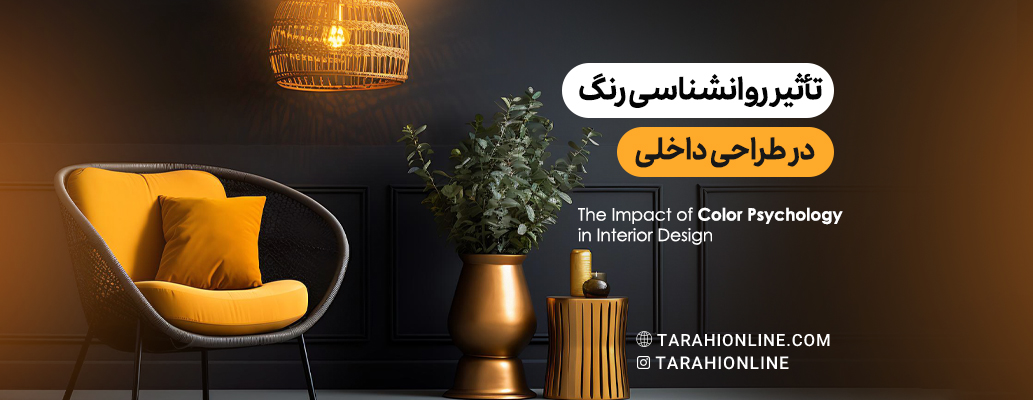
Color psychology in interior design isn't just about aesthetics – it's a powerful tool that can fundamentally transform how we feel and behave in our living spaces. Recent studies show that colors can influence everything from our mood and productivity to our appetite and sleep patterns. According to the Color Association of the United States, people make subconscious judgments about their environment within 90 seconds, and up to 90% of that assessment is based on color alone.
The Science Behind Color and Emotion
Colors affect our brains in different ways, triggering specific emotional and physiological responses. Understanding these connections can help you make informed decisions about your interior design choices:
Warm Colors
-
Red: Stimulates energy and appetite
-
Perfect for dining rooms and social spaces
-
Can increase heart rate and create excitement
-
Best used as an accent color to avoid overwhelming the space
-
-
Orange: Promotes enthusiasm and creativity
-
Ideal for home offices and creative studios
-
Creates a welcoming atmosphere in entry halls
-
Pairs well with neutral tones for balanced energy
-
-
Yellow: Enhances mood and optimism
-
Excellent choice for kitchens and breakfast nooks
-
Promotes mental clarity and learning
-
Can be overwhelming in large quantities
-
Cool Colors
-
Blue: Induces calm and productivity
-
Ideal for bedrooms and bathrooms
-
Lowers blood pressure and heart rate
-
Creates a sense of stability and trust
-
-
Green: Promotes balance and harmony
-
Perfect for any room requiring relaxation
-
Reduces eye strain and stress
-
Connects interior spaces with nature
-
-
Purple: Evokes luxury and sophistication
-
Suitable for meditation rooms or reading nooks
-
Stimulates creativity and introspection
-
Works well as an accent in neutral spaces
-
Strategic Color Implementation
Implementing colors strategically in your interior design requires careful consideration of:
-
Room Function
-
Consider the primary purpose of each space
-
Match colors to desired activities and moods
-
Account for natural light exposure
-
-
Color Proportions
-
Follow the 60-30-10 rule for balanced design
-
Use dominant, secondary, and accent colors effectively
-
-
Lighting Considerations
-
Account for natural and artificial light sources
-
Understand how colors change under different lighting
-
Common Color Mistakes to Avoid
-
Overlooking the room's purpose when selecting colors
-
Using too many bold colors in one space
-
Ignoring the impact of lighting on color perception
Color Trends and Timeless Choices
Stay current with design trends while maintaining timeless appeal:
Current Color Trends
-
Sustainable earth tones
-
Biophilic color schemes
Timeless Color Combinations
-
Navy and white
-
Greige and cream
Professional Tips for Color Selection
-
Test colors in your space before committing
-
Consider the color flow between rooms
-
Account for existing furniture and décor
-
Use color psychology to support your lifestyle goals
Impact on Property Value
Strategic use of color can significantly impact your property's market value. According to real estate experts, well-planned color schemes can increase a home's value by 1-3%.
Understanding color psychology in interior design is not merely an aesthetic consideration—it's a powerful tool that can transform our living spaces and significantly impact our daily lives. From affecting our mood and productivity to influencing our appetite and sleep patterns, colors play a crucial role in creating functional and harmonious environments. The strategic implementation of color, guided by psychological principles and practical considerations, can enhance both the livability of our spaces and potentially increase property value. By carefully considering room function, color proportions, and lighting conditions, while avoiding common pitfalls, we can create spaces that not only look beautiful but also support our emotional well-being and lifestyle goals. As design trends evolve, the fundamental principles of color psychology remain constant, providing a reliable foundation for making informed interior design decisions that stand the test of time.